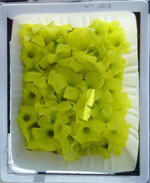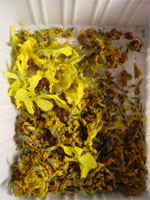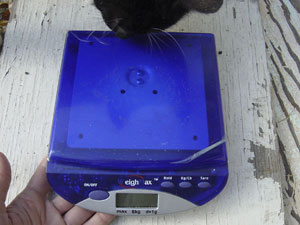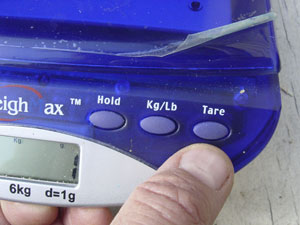
Dye plants work on their own time tables, ignoring (my) schedule, day job hours and other relivant interruptions which may be why I prefer using dry-ables. The Fennel seems to be going into its die-off cycle. Fortunately its one of those dye plants that seems to work just as well fresh or dried and I have enough stocked up for what passes as Winter in California. And, about the time that the Fennel is finished the Oxalis will probably be reappearing.
It would probably sound great to say I grow all my own dye plants but I certainly don’t – lack of space for starters. I probably have sufficient garden space to grow dye to cover sock toes. The Fennel (yellow dye), until I transplanted it into the yard, I used to chase around town ahead of the weed abatement people. The Oxalis (the other yellow) appeared on its own and refused to leave. Since both of these work well fresh or dry I can save and dry for the season and have enough to dye beyond the sock toes.
Otherwise I rely on things that are going to be tossed out – Onion peels, lawn grass and Eucalyptus leaves for example. I have grown Maddar but again its hard to grow enough for an extensive dye project so I buy that dried. I have to Woad plants going this year but again that probably toe coverage so the Woad and Indigo are also purchased dry.

My little overdye experiment – the Knitpicks sock blank – has some Oxalis (yard), Maddar and Indigo. This is also my first time knitting toe-up, two-at-once socks.
Lastly, this is the new wordpress version of the dye blog.








 I tend to work with dried dye plant material rather than fresh. My gardening space is on the small side. Even with ‘weeds’ I rarely have enough fresh material so I’ve been concentrating on plants I can dry and save up over time.
I tend to work with dried dye plant material rather than fresh. My gardening space is on the small side. Even with ‘weeds’ I rarely have enough fresh material so I’ve been concentrating on plants I can dry and save up over time.  Fresh material weighed .9 oz or 25 g
Fresh material weighed .9 oz or 25 g Dried material weighed .1 oz or 3 gm.
Dried material weighed .1 oz or 3 gm.








